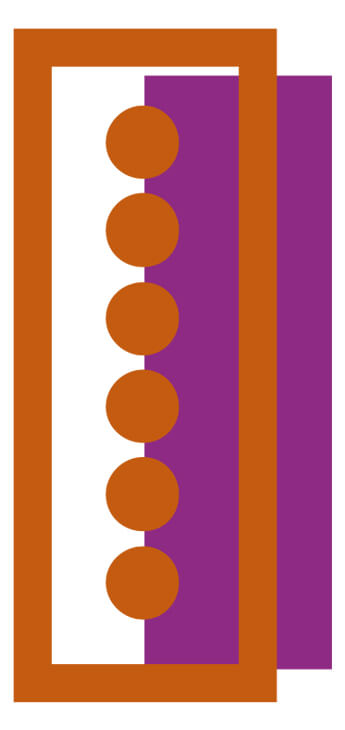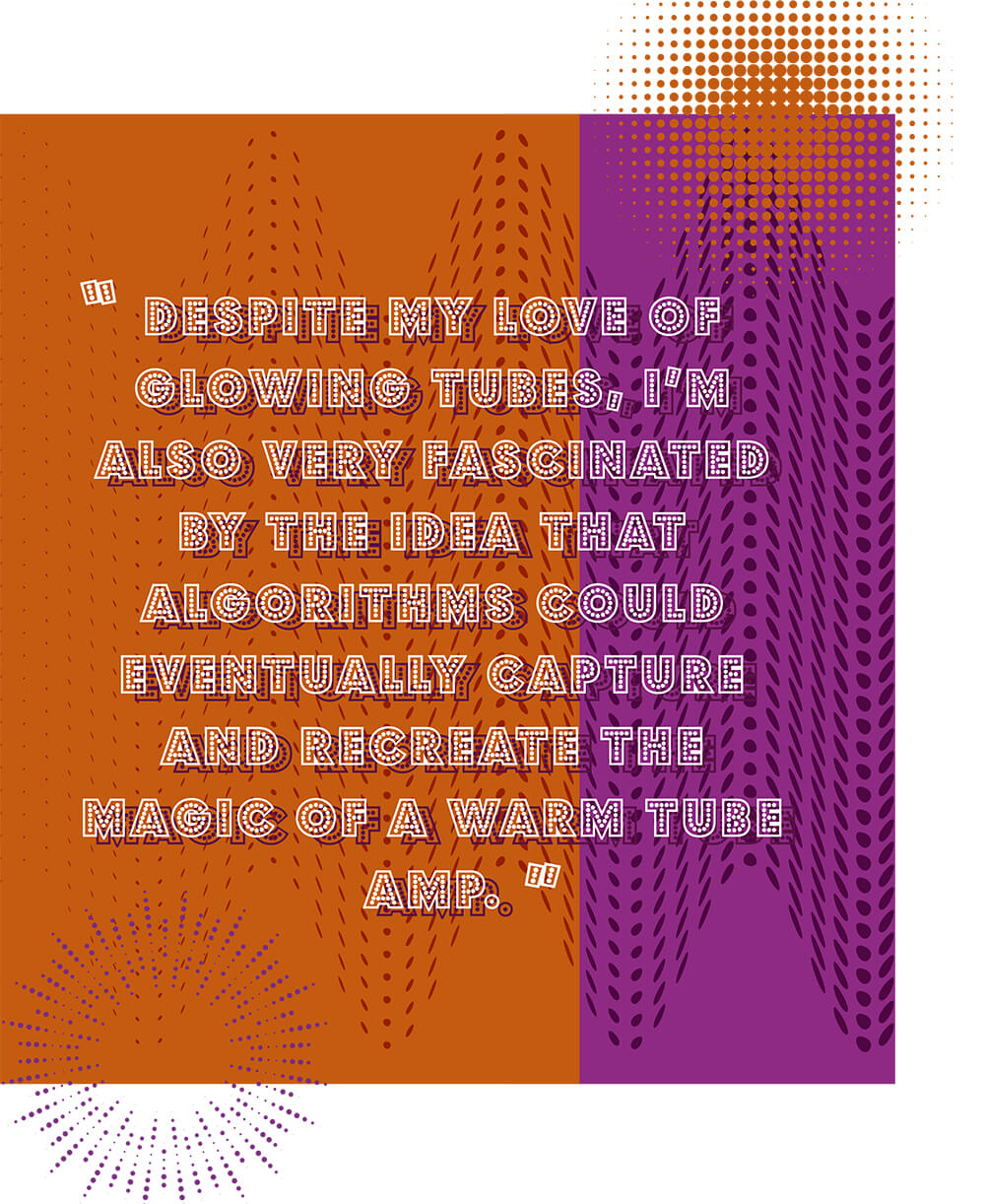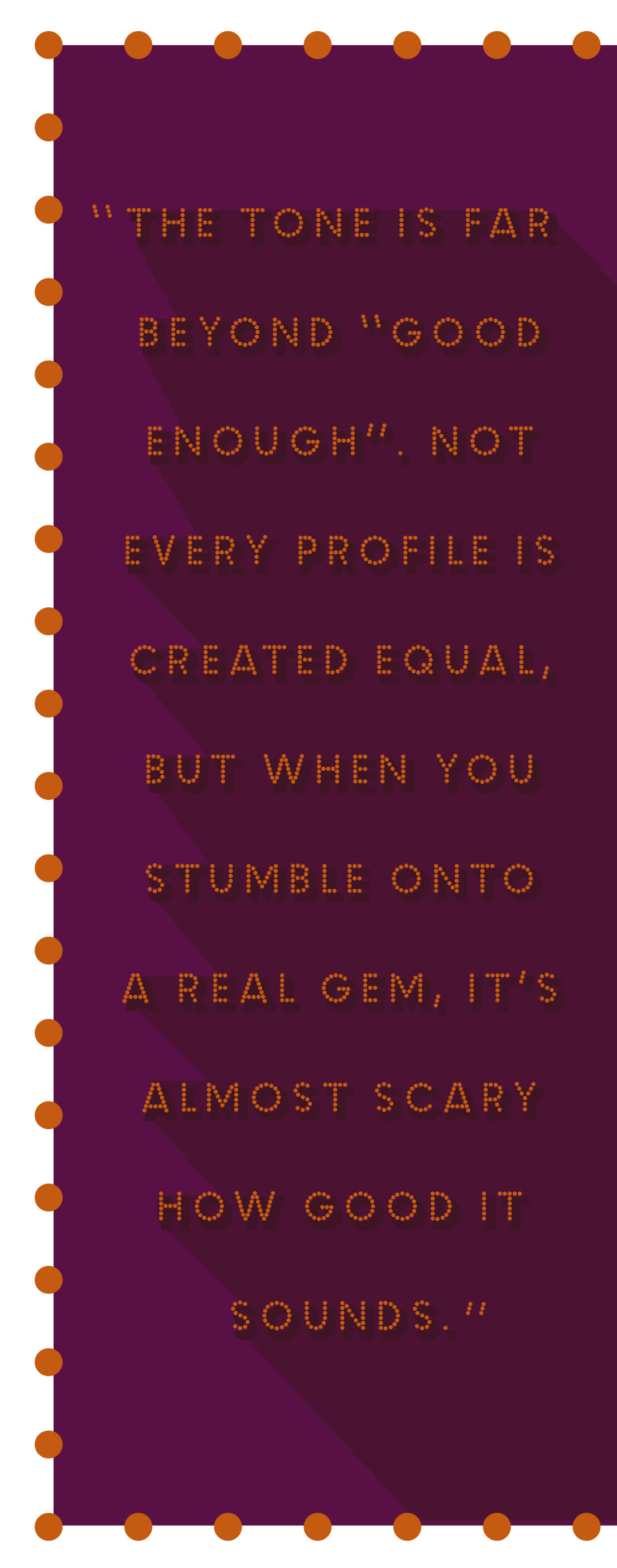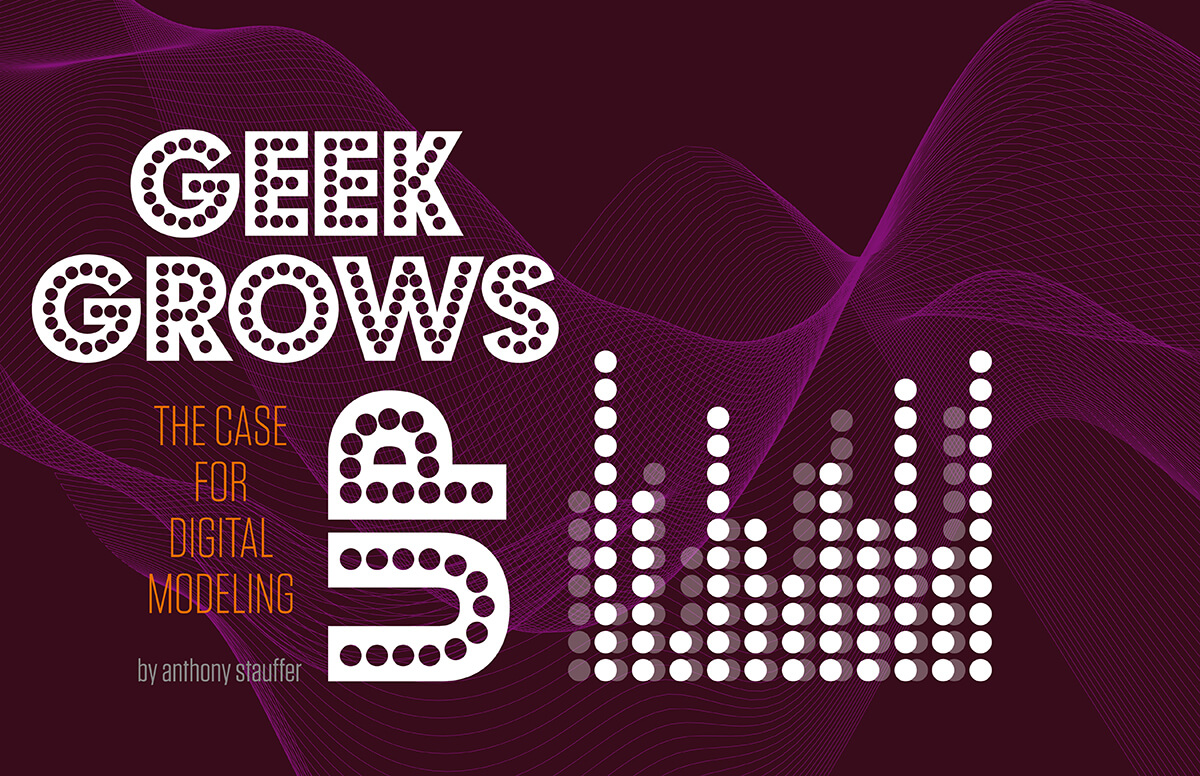 I started learning about tube amps as a college student in the late 90’s. Back then, there was no debate about digital modeling vs tubes. If you were serious about tone, tube amps were it. I learned as much as I could by hanging out on forums, studying amp schematics, and trying to memorize tube pinout charts.
I started learning about tube amps as a college student in the late 90’s. Back then, there was no debate about digital modeling vs tubes. If you were serious about tone, tube amps were it. I learned as much as I could by hanging out on forums, studying amp schematics, and trying to memorize tube pinout charts.
People who play blues are supposed to be tone snobs. We’re supposed to turn up our noses at digital modeling gear, regarding it as a cheap trick. But I’m not very good at ignoring technology. Despite my love of glowing tubes, I’m also very fascinated by the idea that algorithms could eventually capture and recreate the magic of a warm tube amp.
Between the late 90’s and 2010, I occasionally dipped into the world of digital modeling, each time coming away disappointed. Then, in 2011, I had the opportunity to use an Avid Eleven Rack for a few months. The Eleven Rack was incredibly close to being good enough (in my opinion), but not quite. It didn’t close the gap for me, but I remember thinking that this was probably the last generation of modeling gear that would be “almost good enough”.
In 2014, I was scheduled to shoot my second course for TrueFire. This course (50 Monster SRV Licks) was going to cover a few different song styles and I wanted to have a distinct tone for each section. My own amps would be useless because I’d be flying to Florida to shoot the course in the TrueFire studio. While they have a nice selection of amps to use, I wanted to plan out my tones in advance so I wouldn’t have to think about it during the shoot.

After spending months researching the Kemper Amps Profiler, I took the plunge and bought one. It was a good decision. It only took a few minutes to figure out that digital modeling had reached the point where it was beyond “good enough”.
It was the perfect tool to use for my TrueFire course. I spent about a week tweaking the tones at home, knowing that they’d sound exactly the same in the course videos. During the shoot, the Kemper made it possible for me to focus entirely on the content, never once thinking about my tone.
When the TrueFire shoot was done, the Kemper went back on the shelf in my studio. My real amps were already setup the way I liked, and my favorite microphones and cabinets were ready at a moment’s notice. I really didn’t have a need for the Kemper on a regular basis.
That all changed in 2015. My family moved across town, and I began the long process of renovating a barn on our property to be my studio. I still needed to be working on courses and lessons, but lacked the time to setup cabinets and mics for each shoot.
That’s when I began using the Kemper regularly, telling myself that it was only a temporary solution to the problem. But weeks turned into months, and months turned into a year, and pretty soon the Kemper was no longer a temporary fix, it had become my first choice. Long after my precious amps were back in place and ready to rock, I still chose to use the Kemper when shooting videos.

Here are the primary reasons why this transition happened.
- Tone
- Convenience
- Predictability
- Volume

Tone
The tone is far beyond “good enough”. Not every profile is created equal, but when you stumble onto a real gem, it’s almost scary how good it sounds.
Convenience
Setting up mics on a real cabinet is time consuming. Sometimes I have an idea on a Friday morning for a lesson that needs to be published by 2pm. The last thing I want to do in that situation is spend 20 minutes moving a mic around the cone of a speaker trying to find the sweet spot.
With the Kemper, I can spend 5 minutes testing out different profiles, pick a few pedals if needed, and be shooting a few minutes later.
Predictability
Sometimes a shoot spans multiple days. If I were using real amps and cabinets, I’d have to be very careful to mark down all the settings and mic positions to make sure everything was the same the next day.
With the Kemper, I can dial in a profile exactly the way I want it, save it, and the next day it will sound exactly the same. It’s not affected by temperature, humidity, or fluctuations in the electrical wiring.
Volume
This might be one of the biggest reasons I keep using the Kemper for video shoots. A real amp needs to be cranked to get the best tone. This creates a problem because the louder the amp gets, the more it bleeds into my vocal mic while I’m talking. That screws up my audio mix later, because I’m also recording the guitar on a separate track.
I’ve tried using ClearSonic shields to remedy this, and they do an amazing job. But that’s another step in the setup process that takes time. It is difficult to capture the beauty of a cranked up tube amp, while also trying to keep it as quiet as possible.
I record the Kemper directly to the guitar track, but also monitor it through a powered PA speaker. I can turn the speaker up when tweaking up the profile, then turn it down while shooting. Even at whisper-quiet levels, it still sounds better than a muffled amp behind a shield.

I no longer pick sides in the “tubes vs digital” debate. There is no one solution for me. I choose the best tool for the task at hand. And in my current situation, the Kemper is the best tool for most of what I do.
I still love my amps, and my collection will continue to grow. But digital modeling isn’t going away, and it’s only going to get better. This tube amp lover is a digital convert, and I can’t wait to see where it goes from here.


